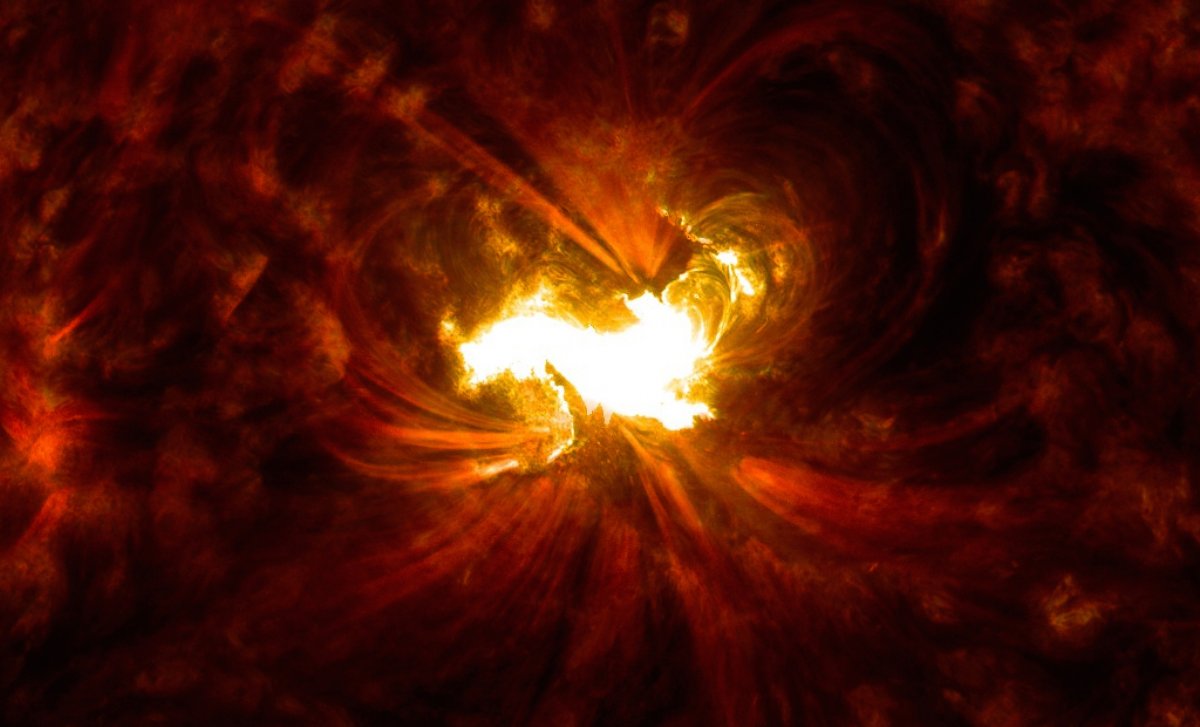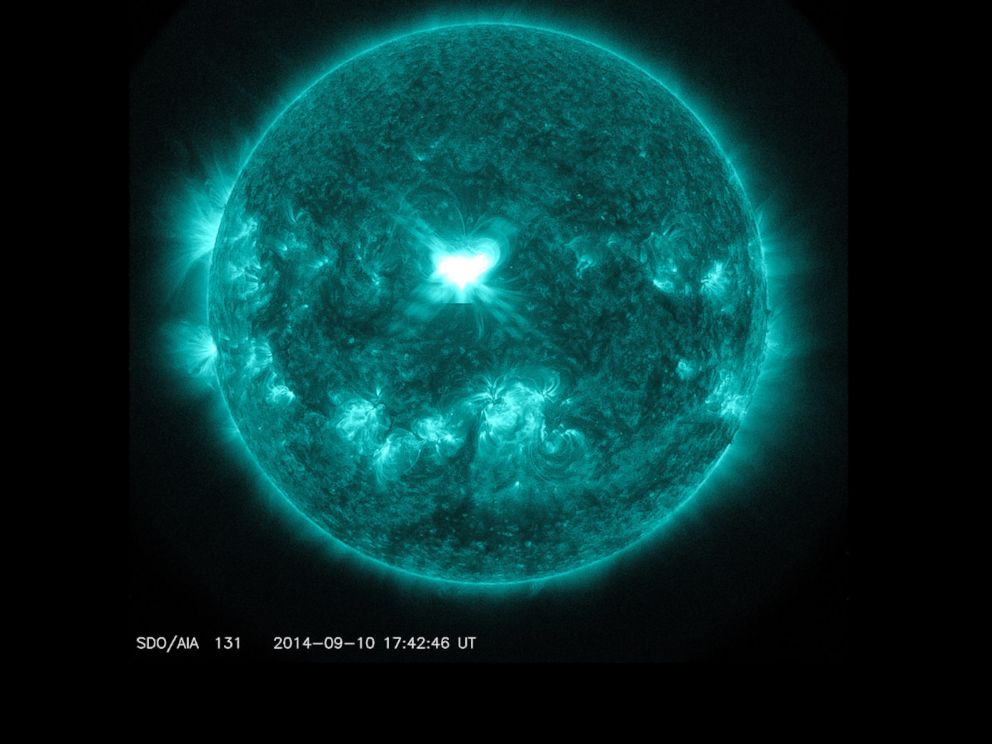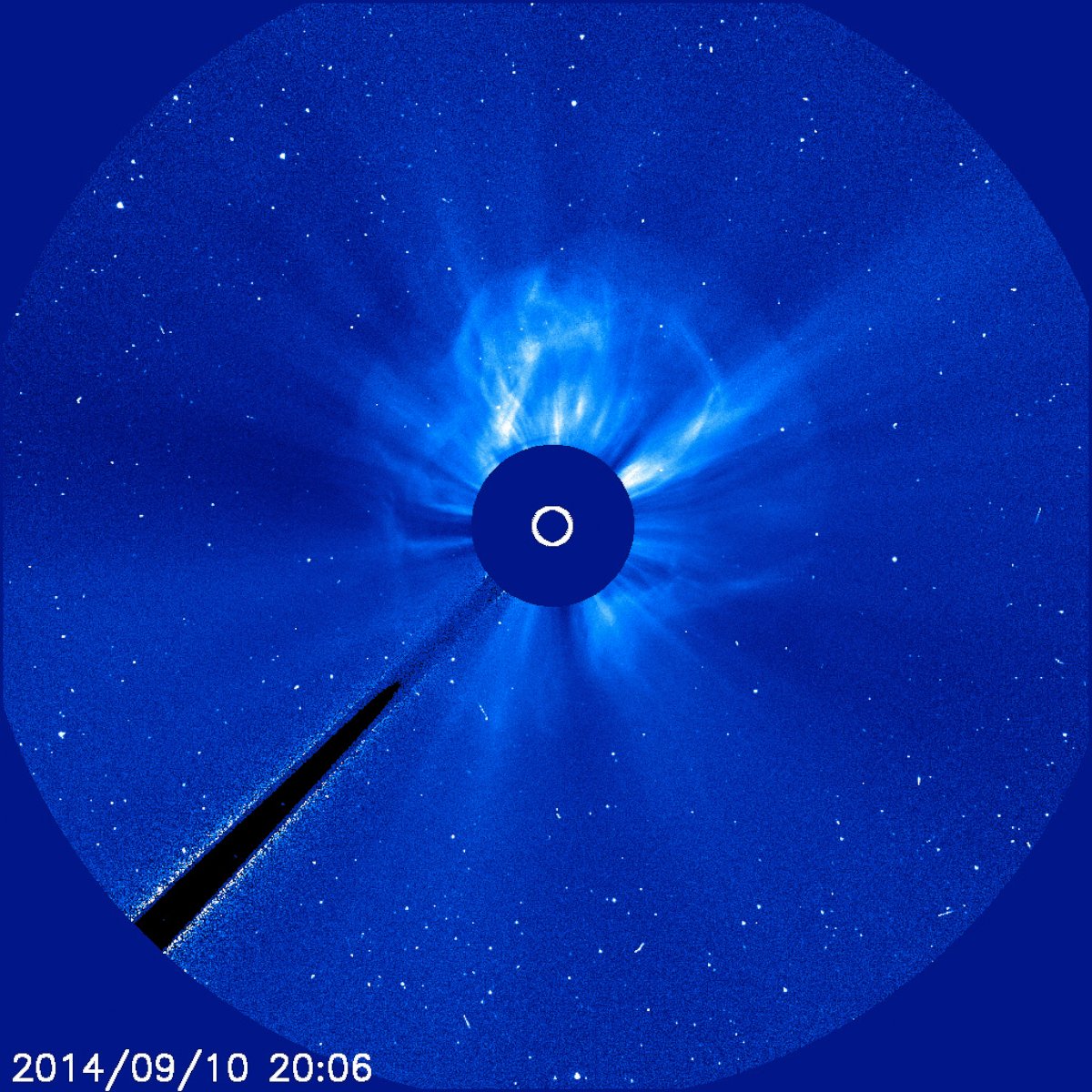Strong Solar Storm Hits Earth
How will it affect the power grid?
— -- It's storming outside -- but we're not talking about thunder and rain.
The energy from two back-to-back coronal mass ejections hit Earth today as expected, according to the National Oceanic and Atmospheric Administration.
Watch: Extreme Solar Storm Heading to Earth
Space Pictures from Far Reaches of Universe
NASA Captures Natural Disasters From Space
Coronal mass ejections are bursts of radiation that explode from the sun -- and these particular flares have been whizzing toward earth as fast as 2.5 million miles per hour.
According to NOAA, the current storm level is just above the moderate threshold.

While solar storms may sound alarming, harmful radiation from the flares cannot pass through Earth's atmosphere.
However, a perfect storm of intense radiation can impact satellite and radio transmissions and cause flights to be re-routed due to changes in Earth's magnetic field.

The solar storm is expected to strengthen as it continues through Saturday -- however no major problems have been reported so far. It will likely only be noticed by specialized equipment, Space Weather Prediction Center forecaster Chris Smith told the Associated Press.

There is a glimmer of good news in this all: As an added bonus, the solar storm will make the northern lights expand toward the south -- providing a beautiful backdrop for star gazers.



